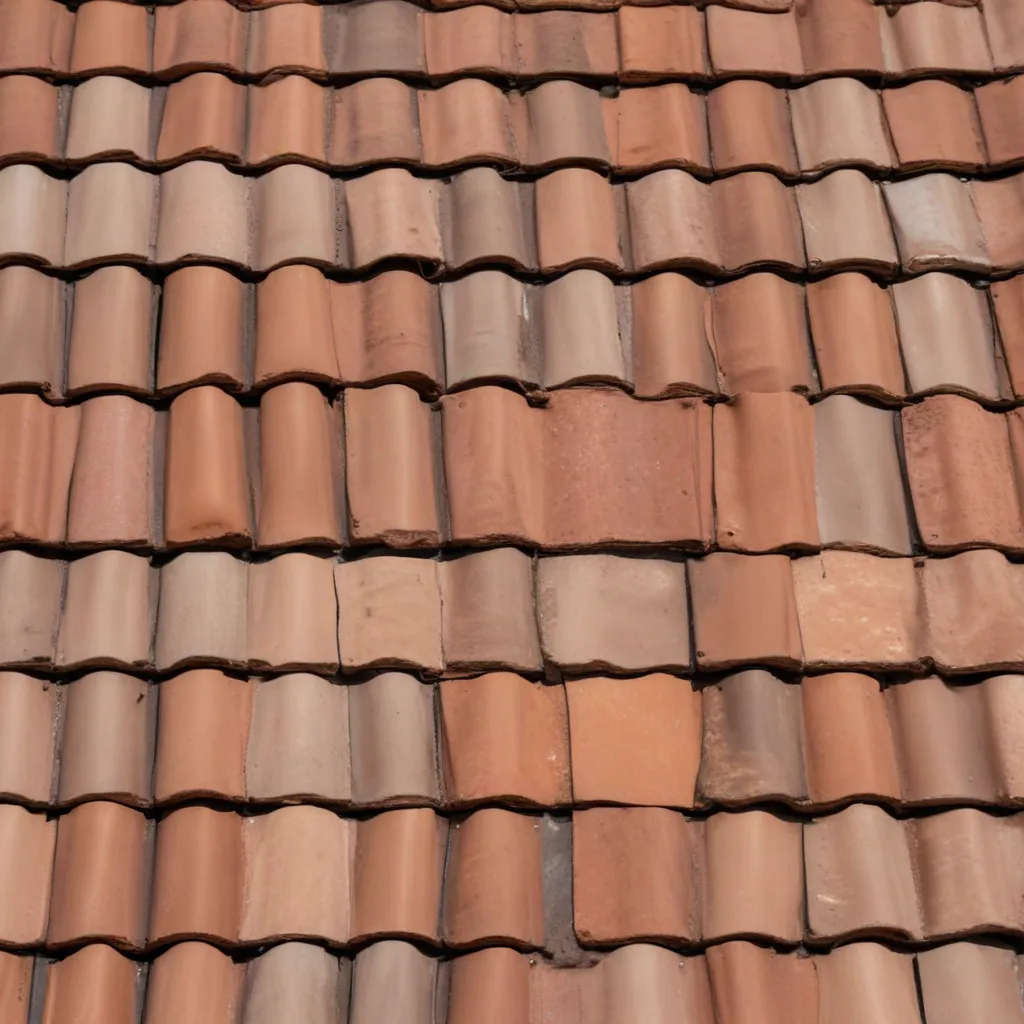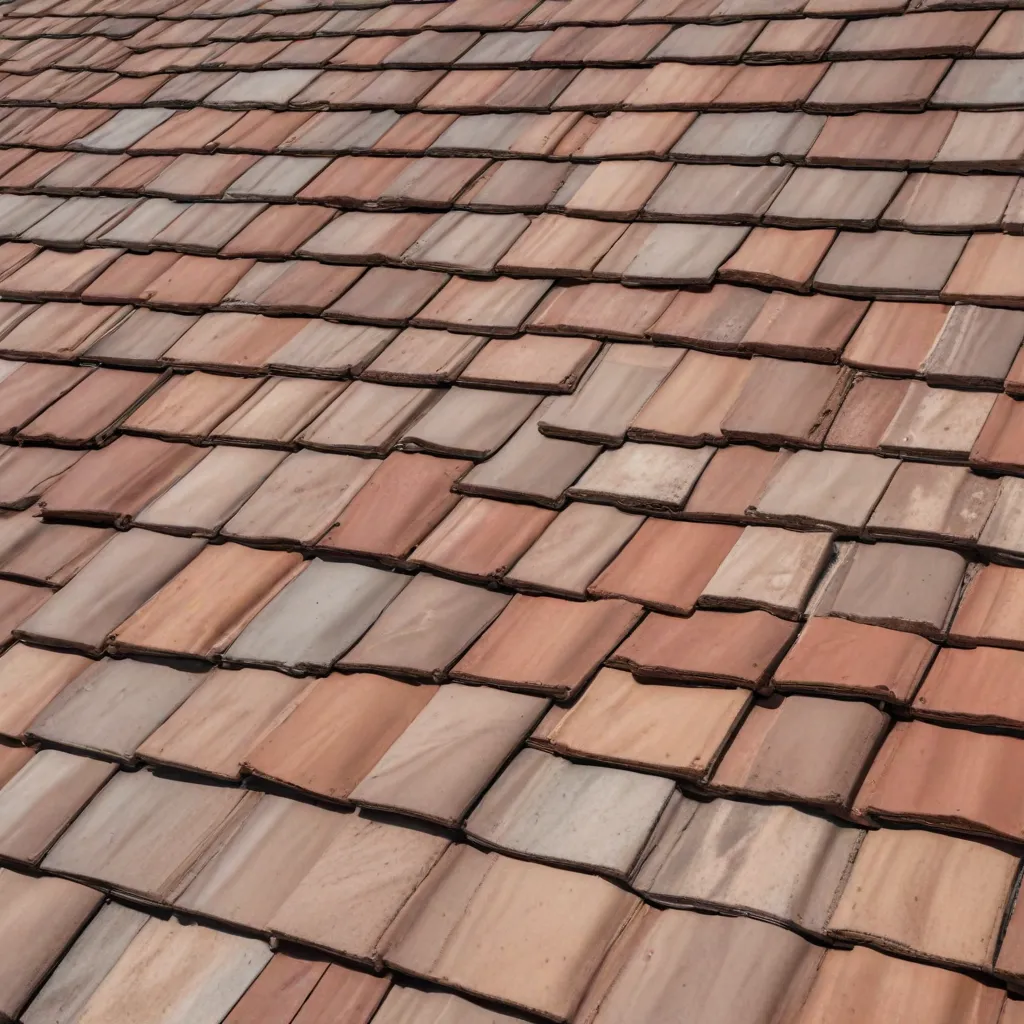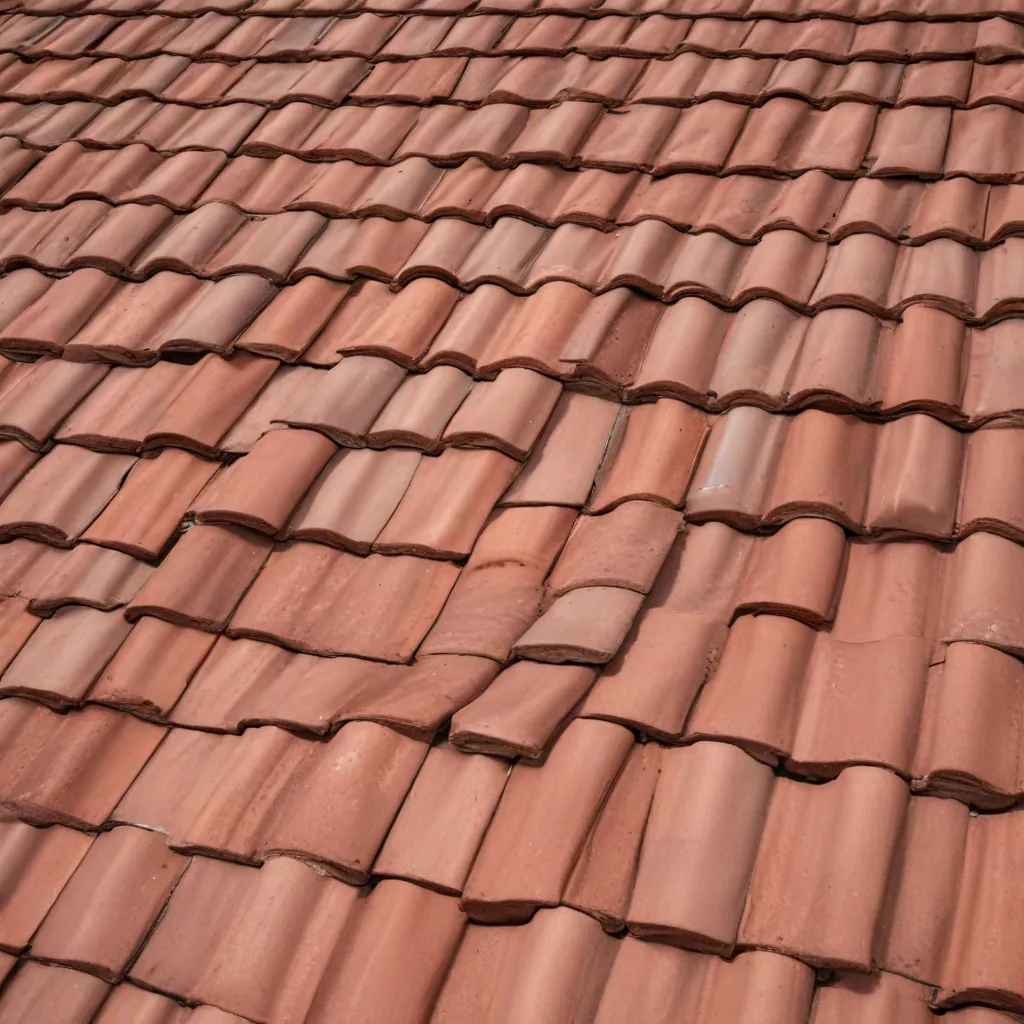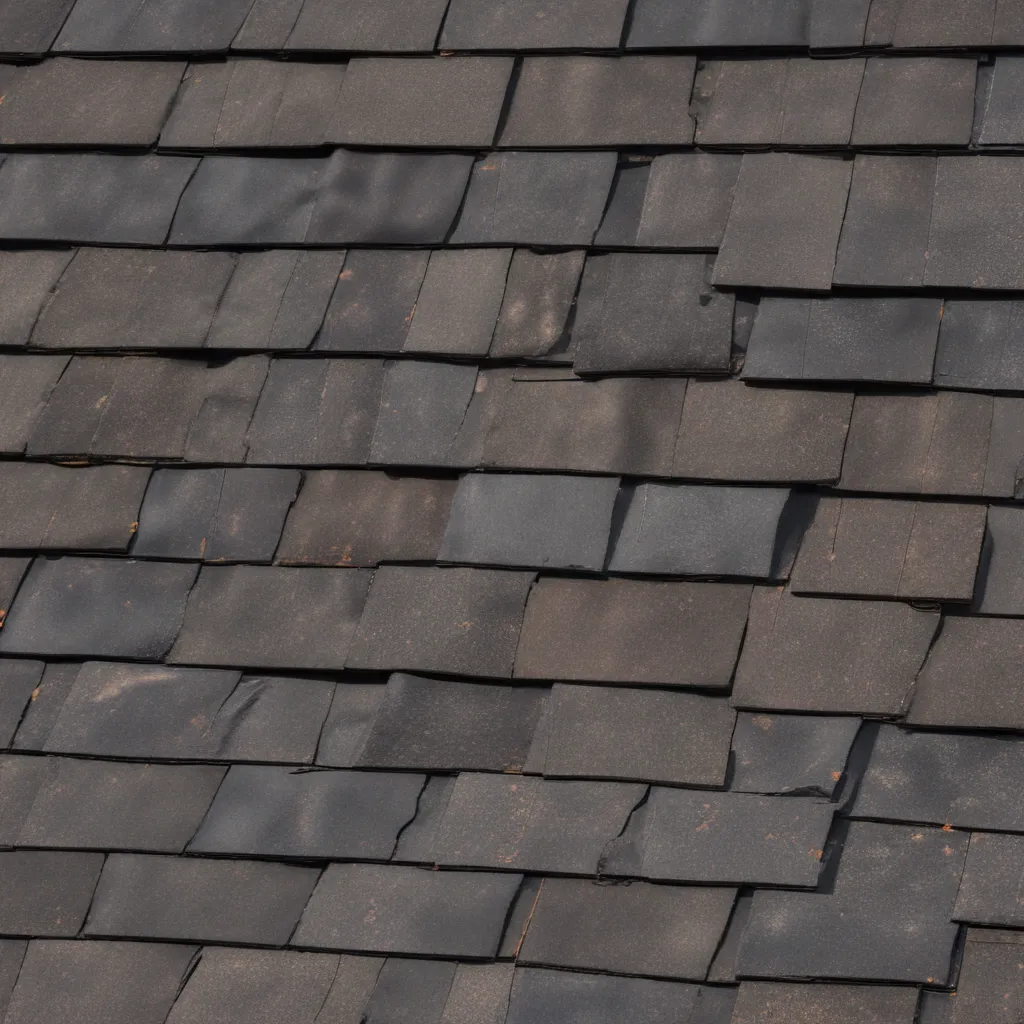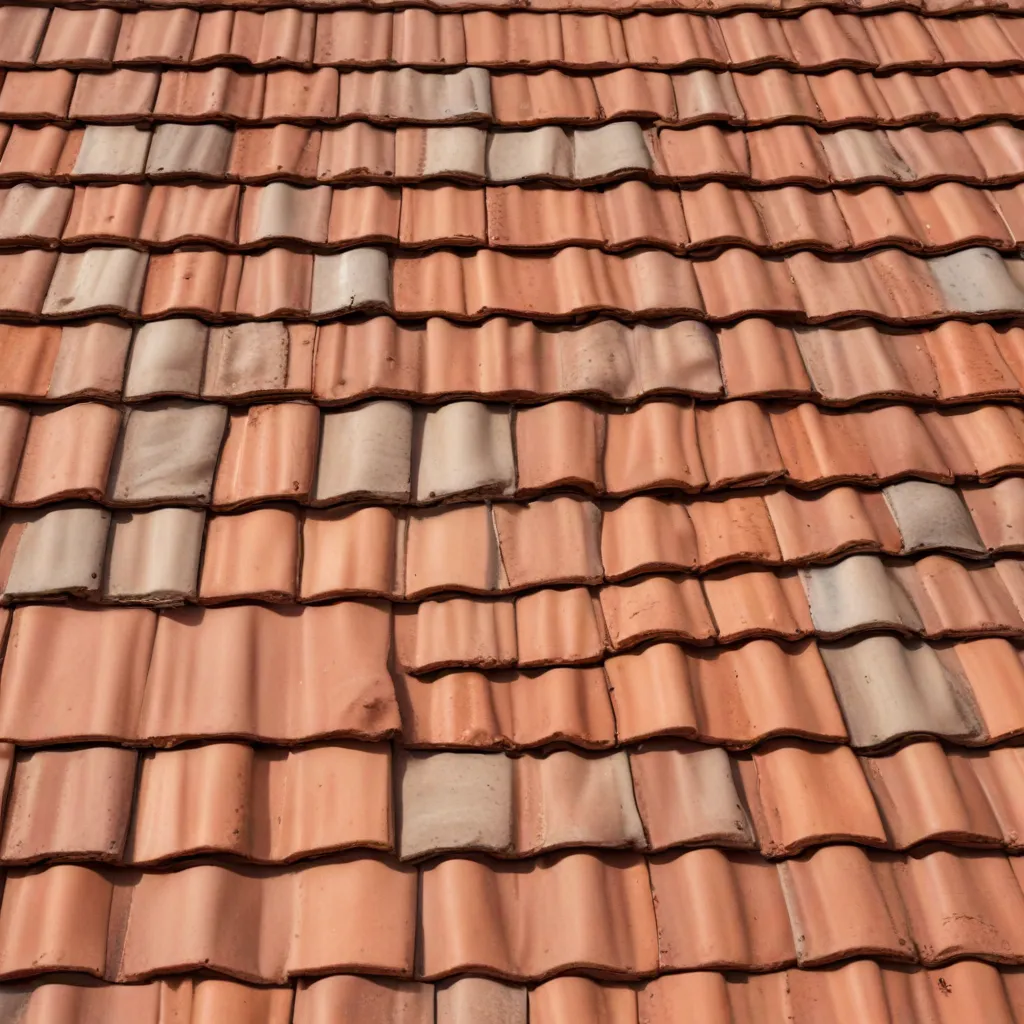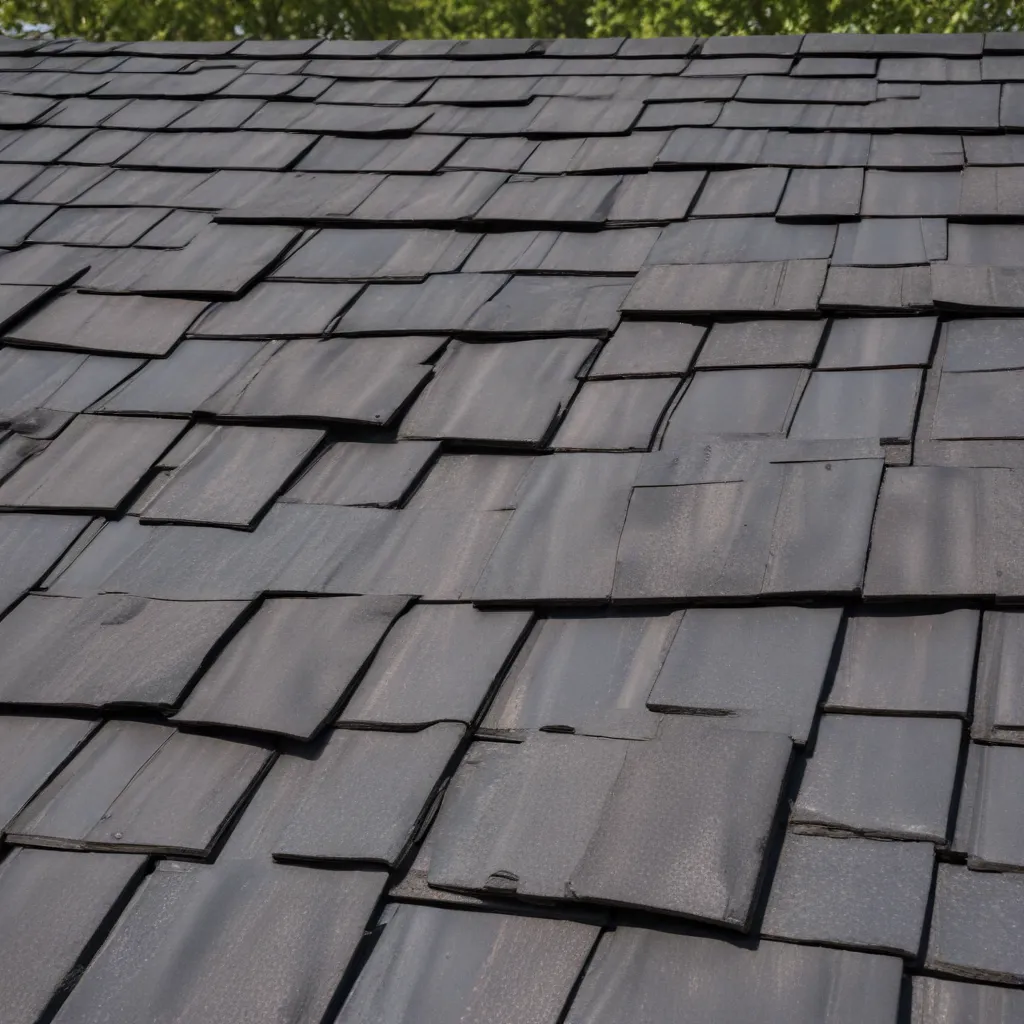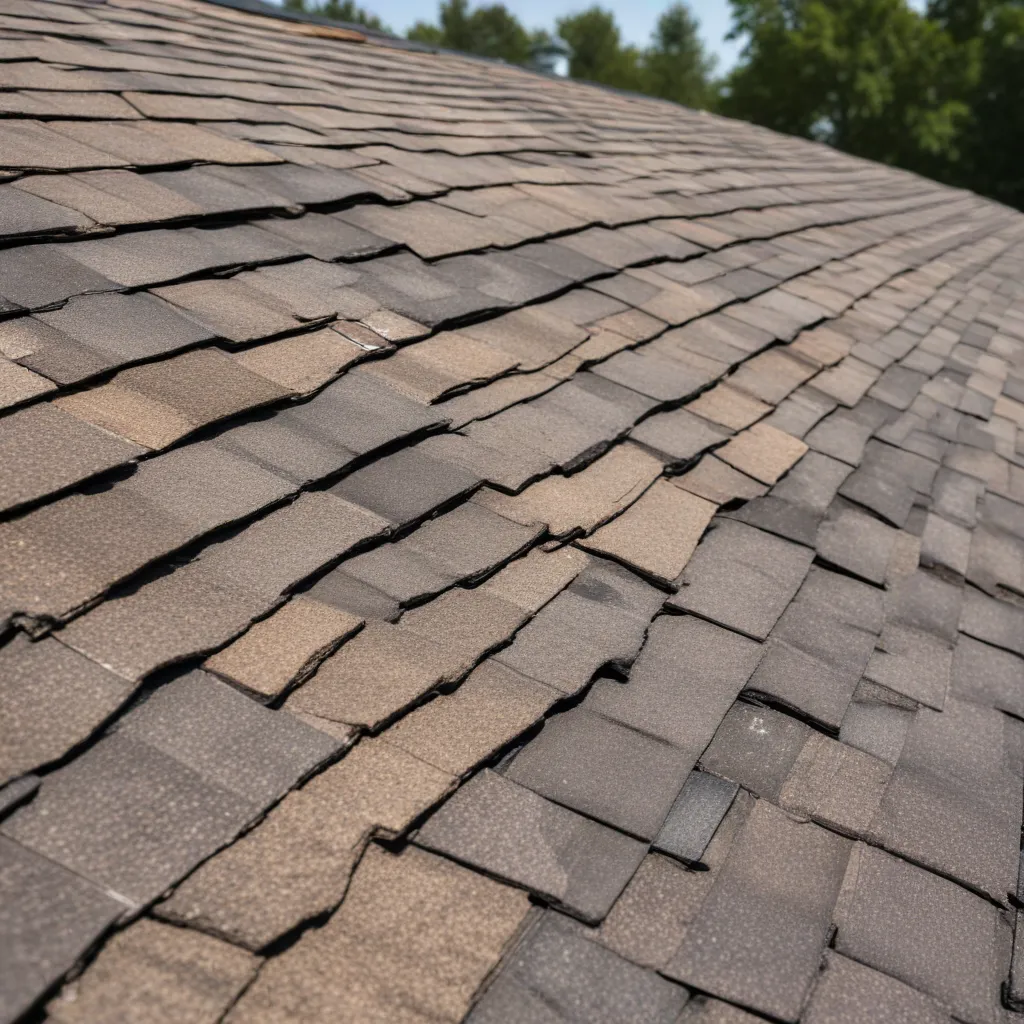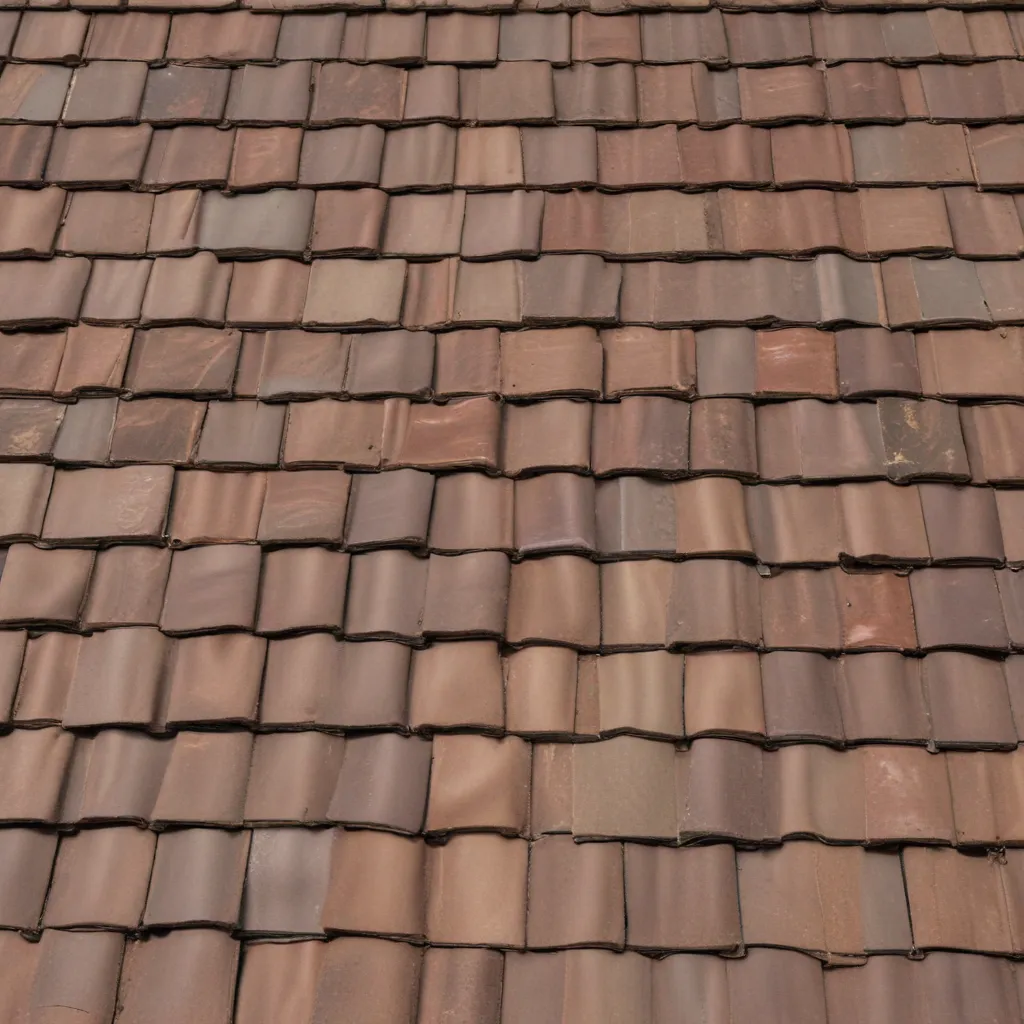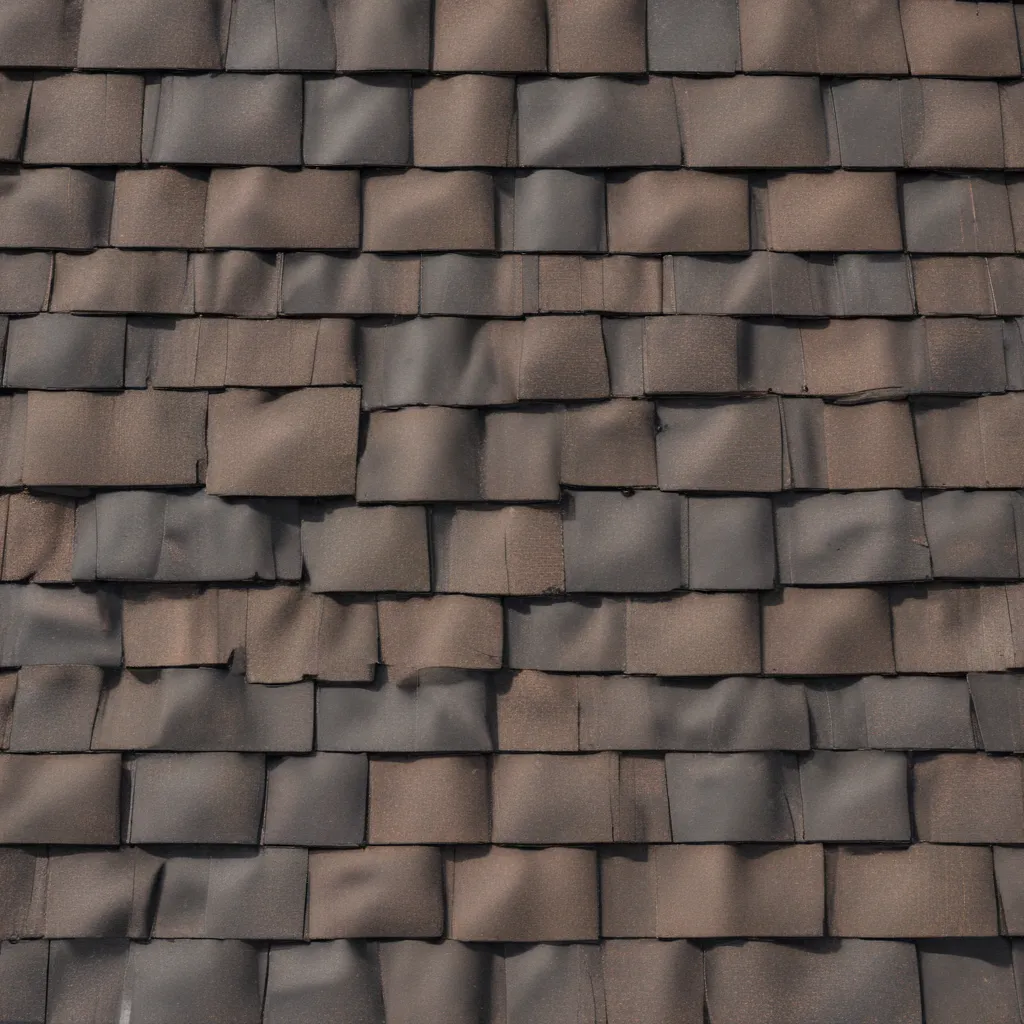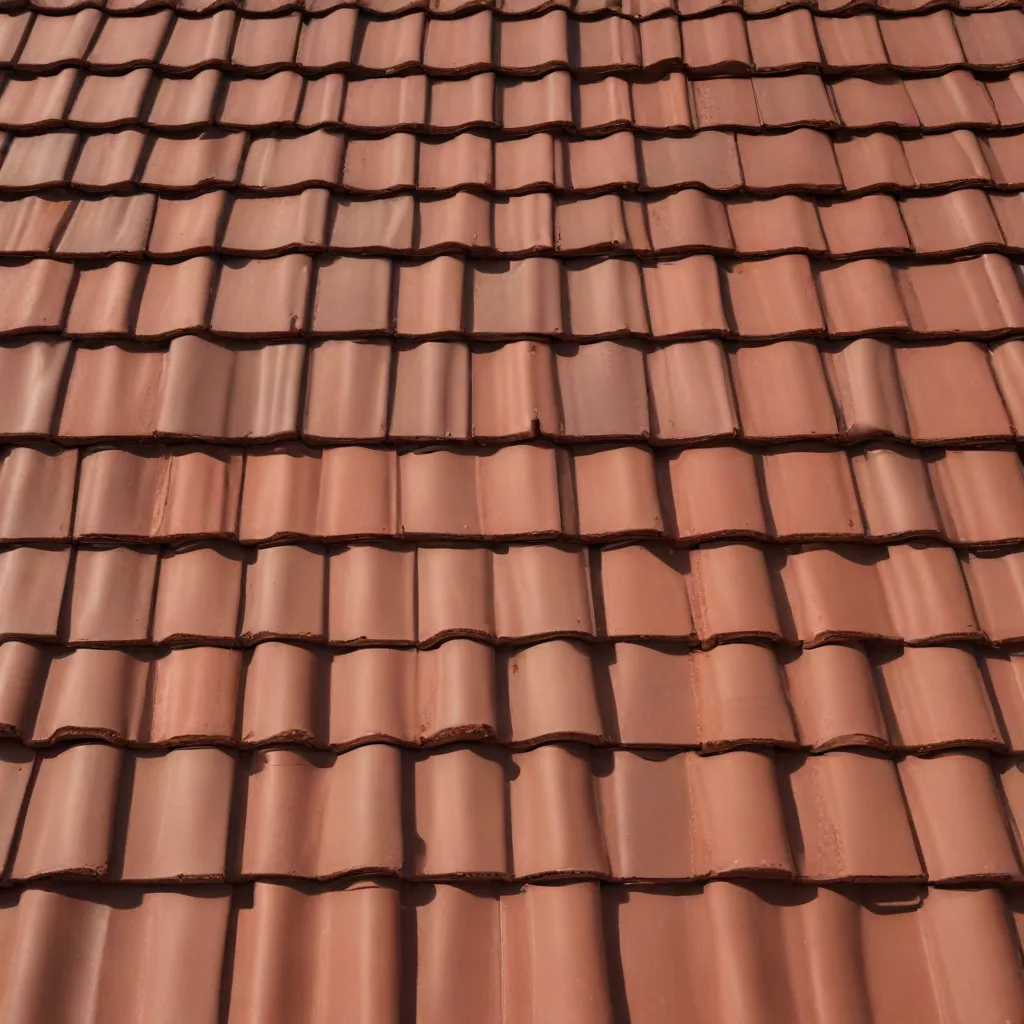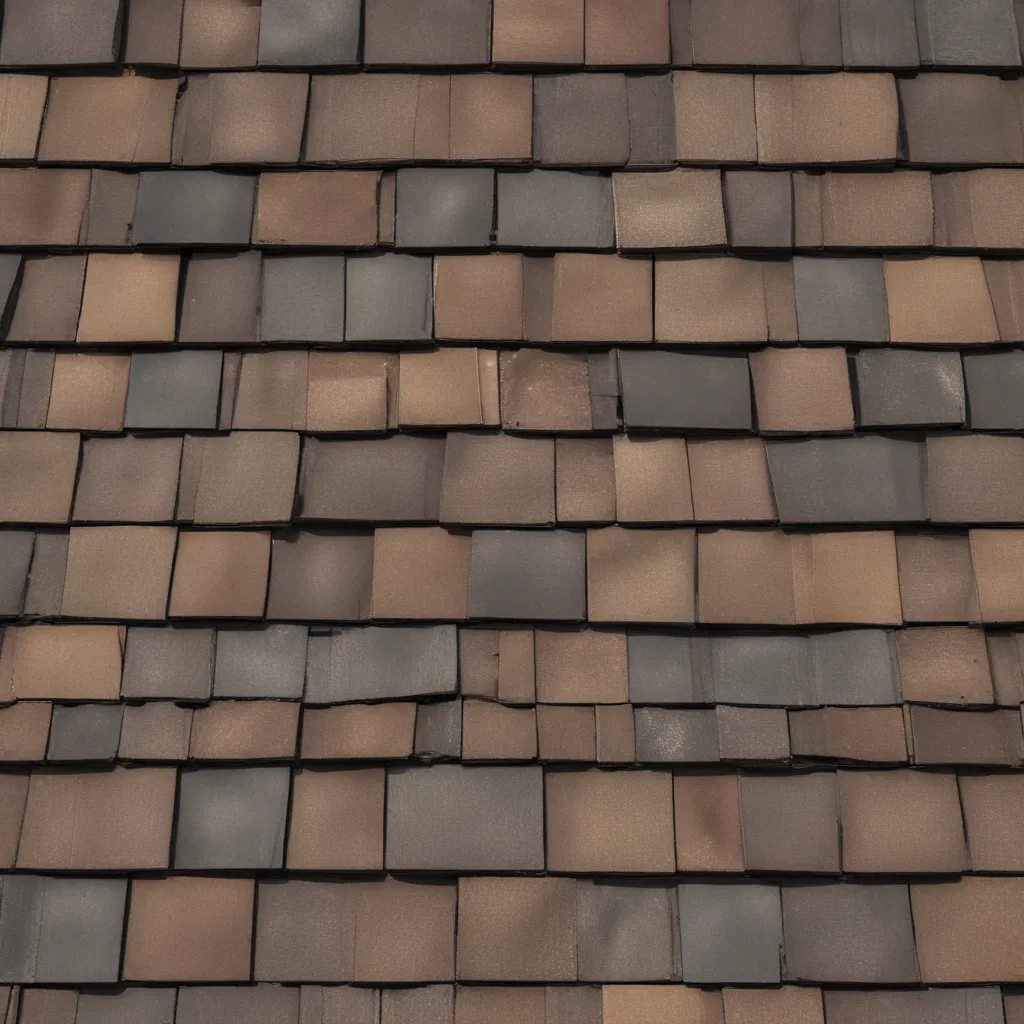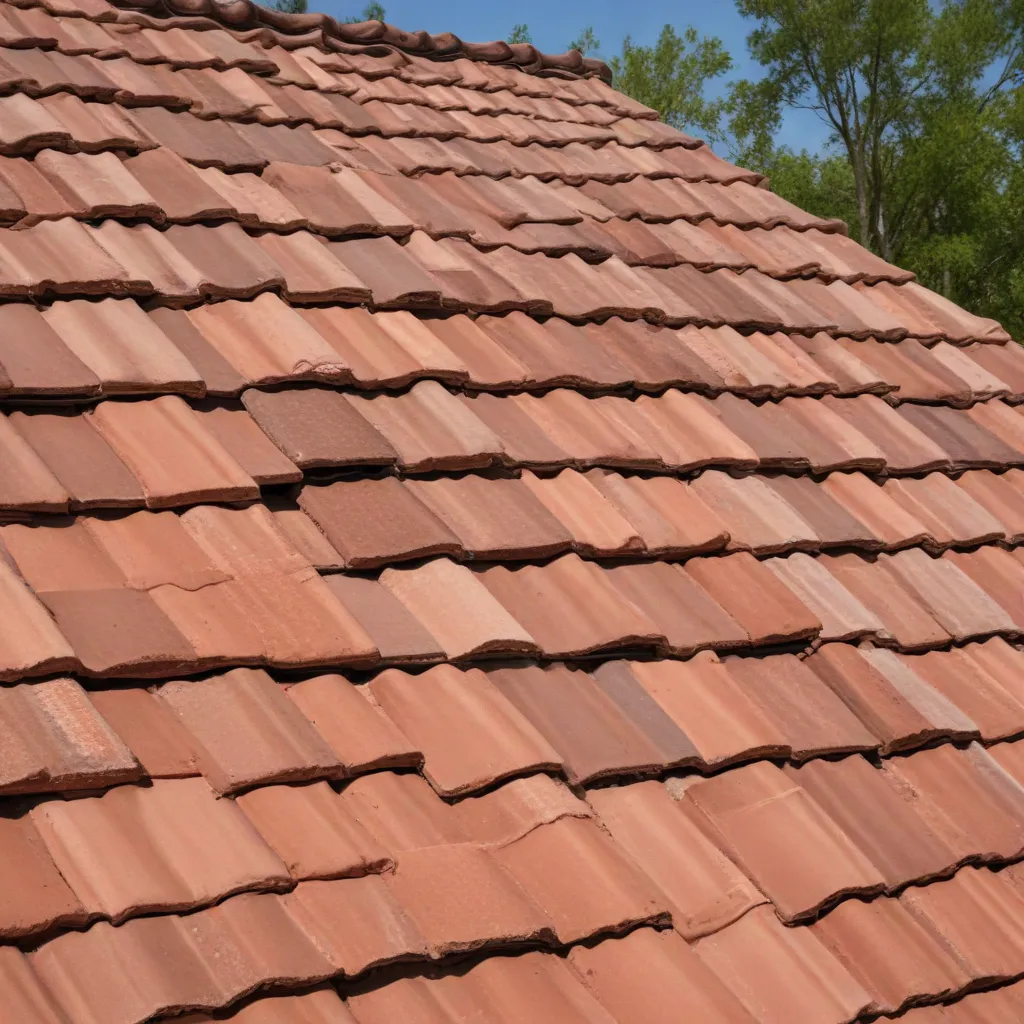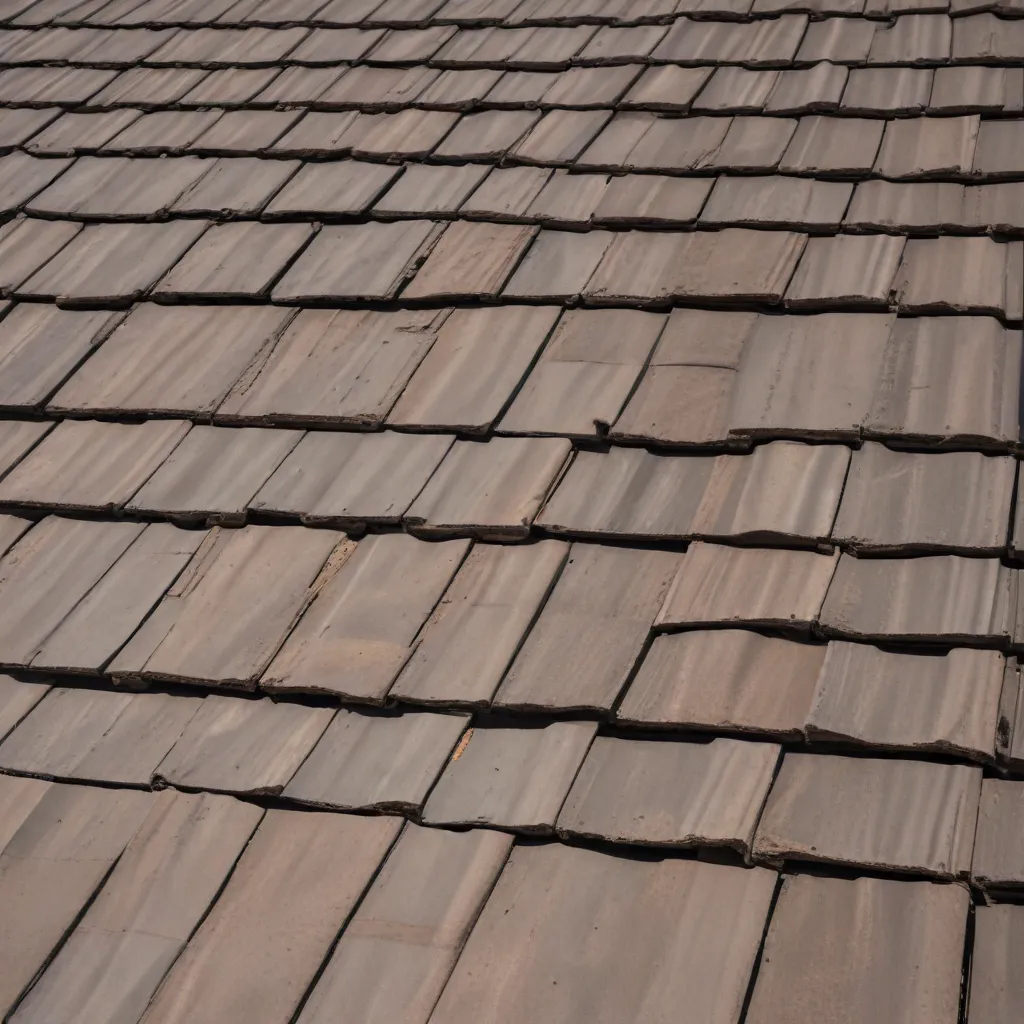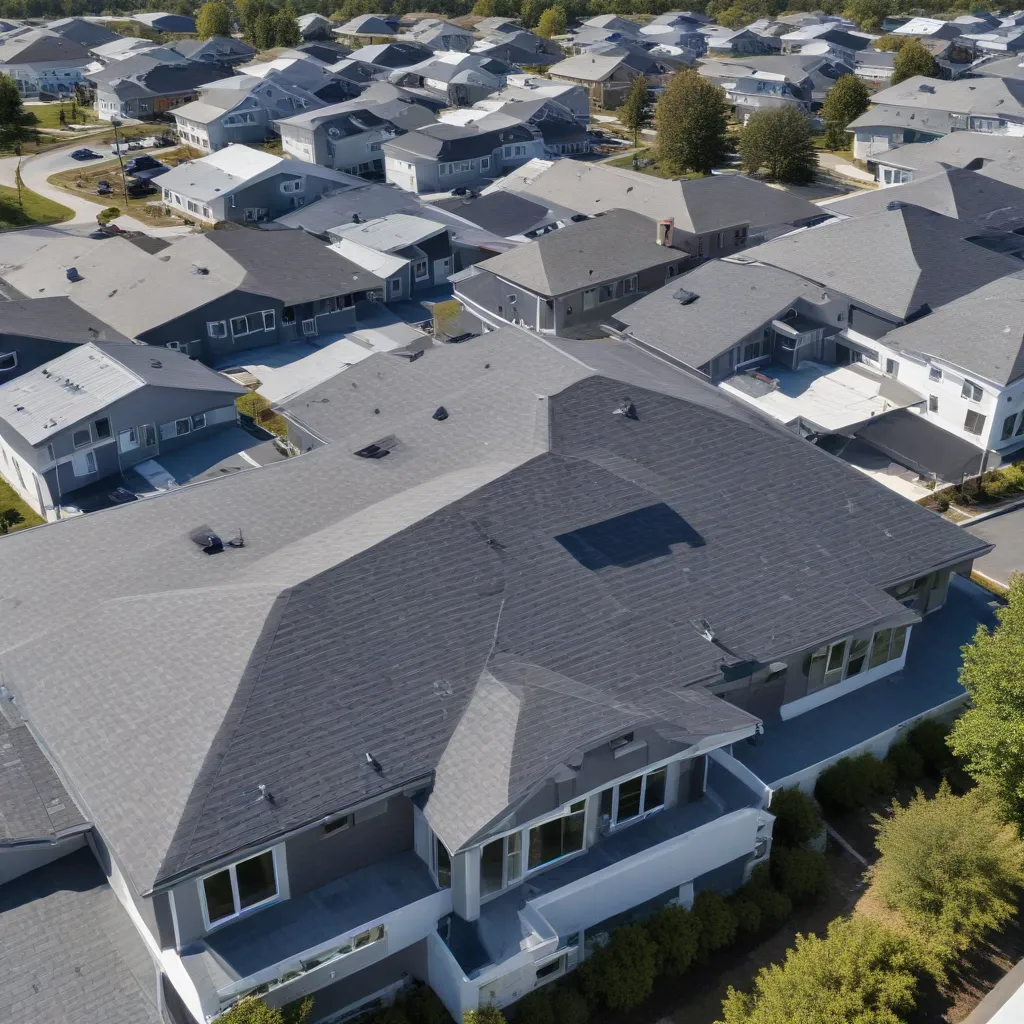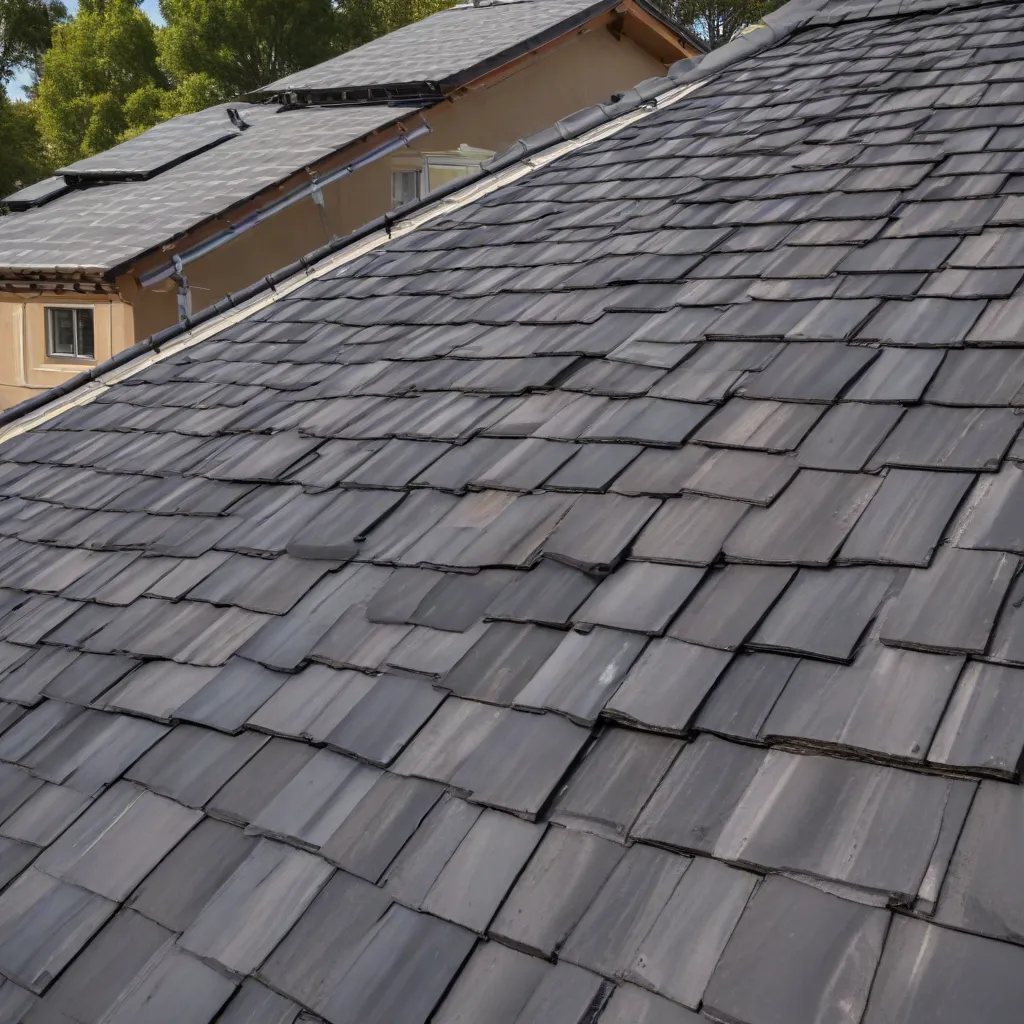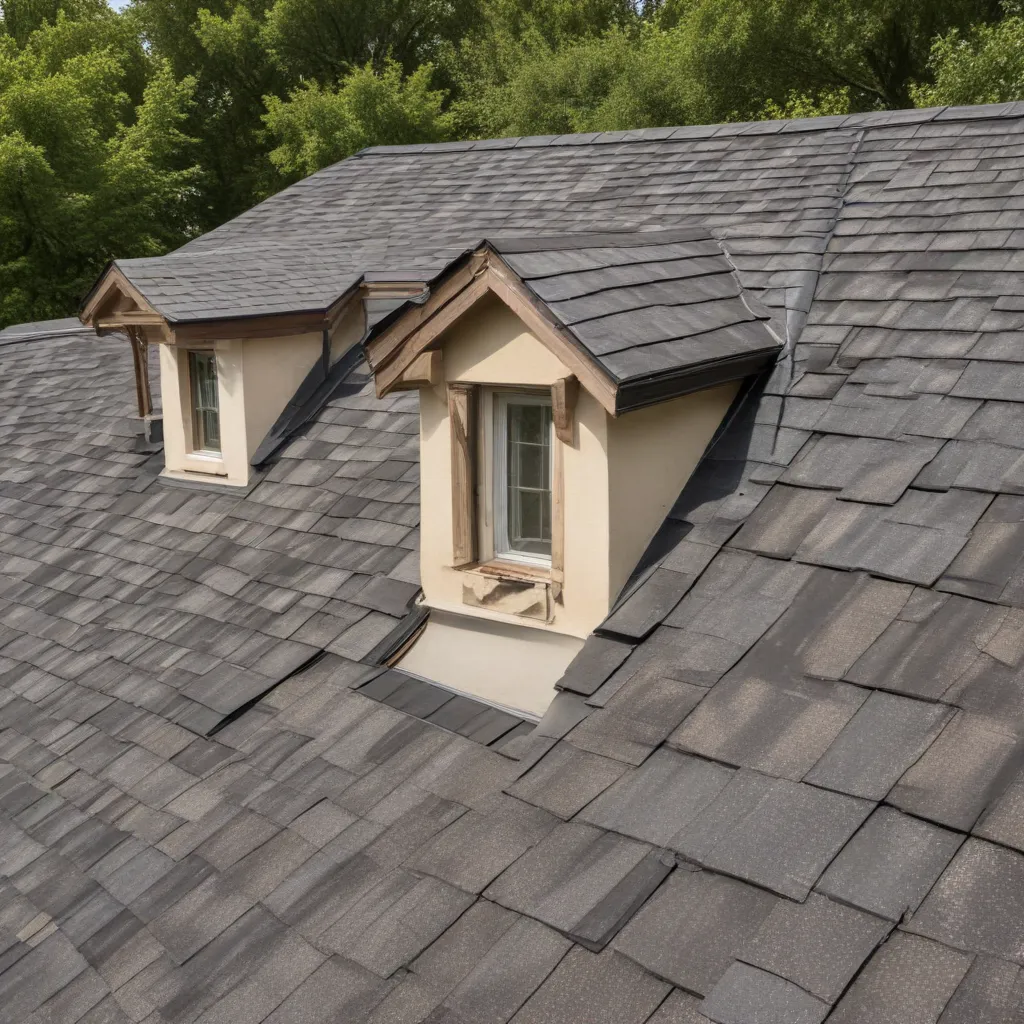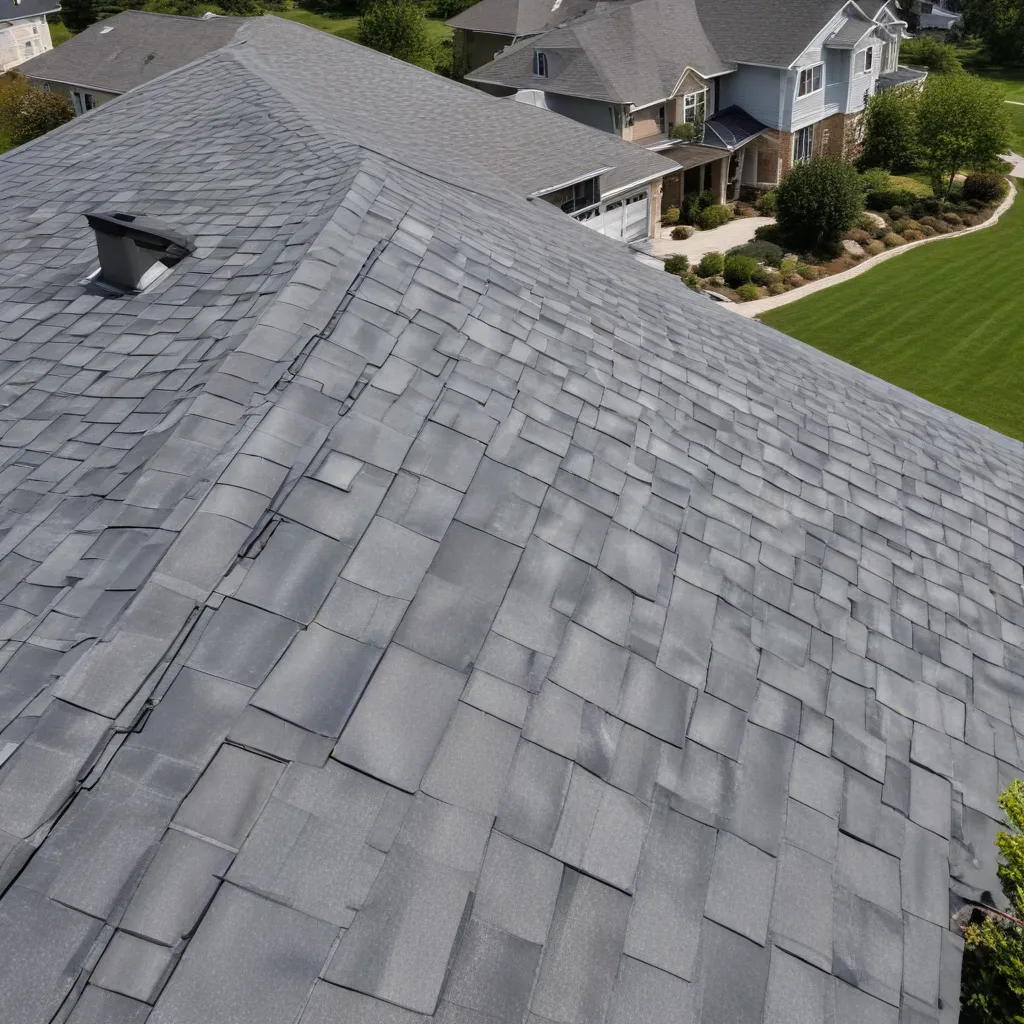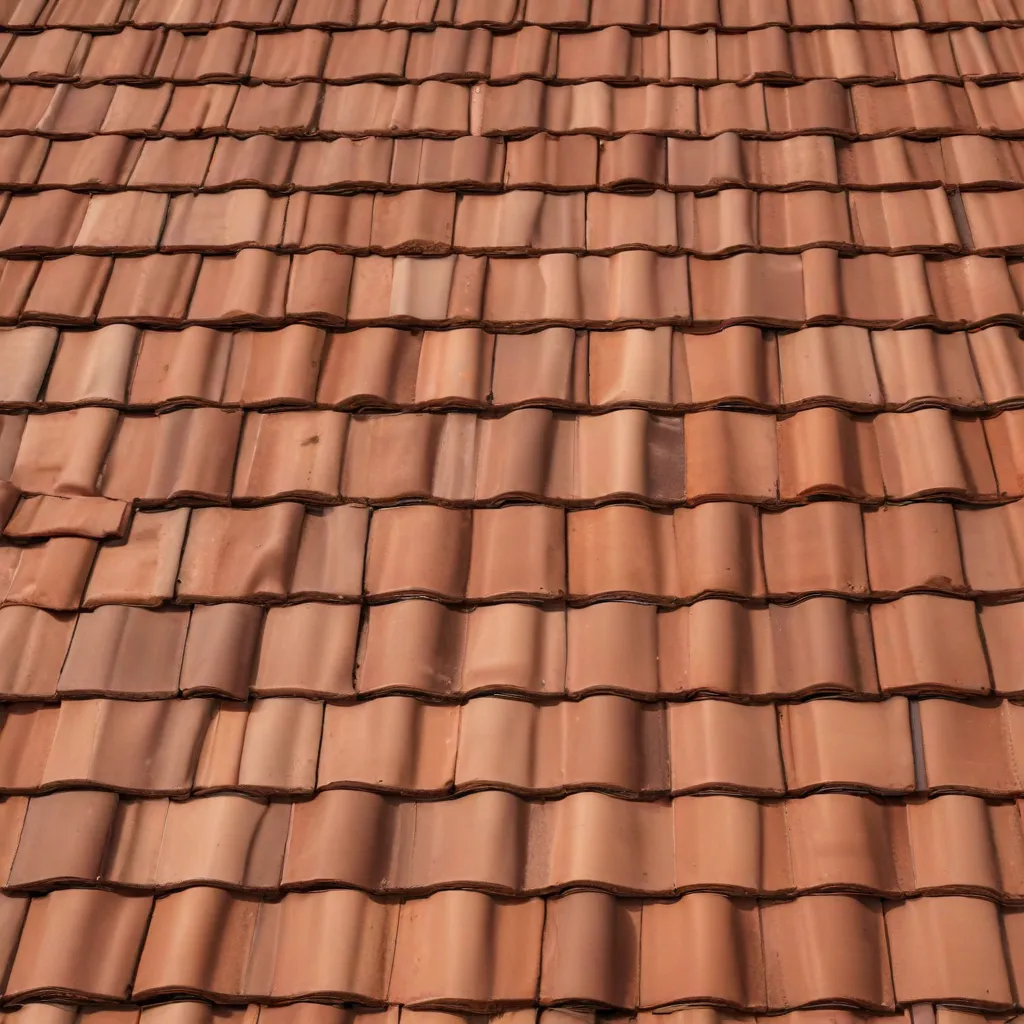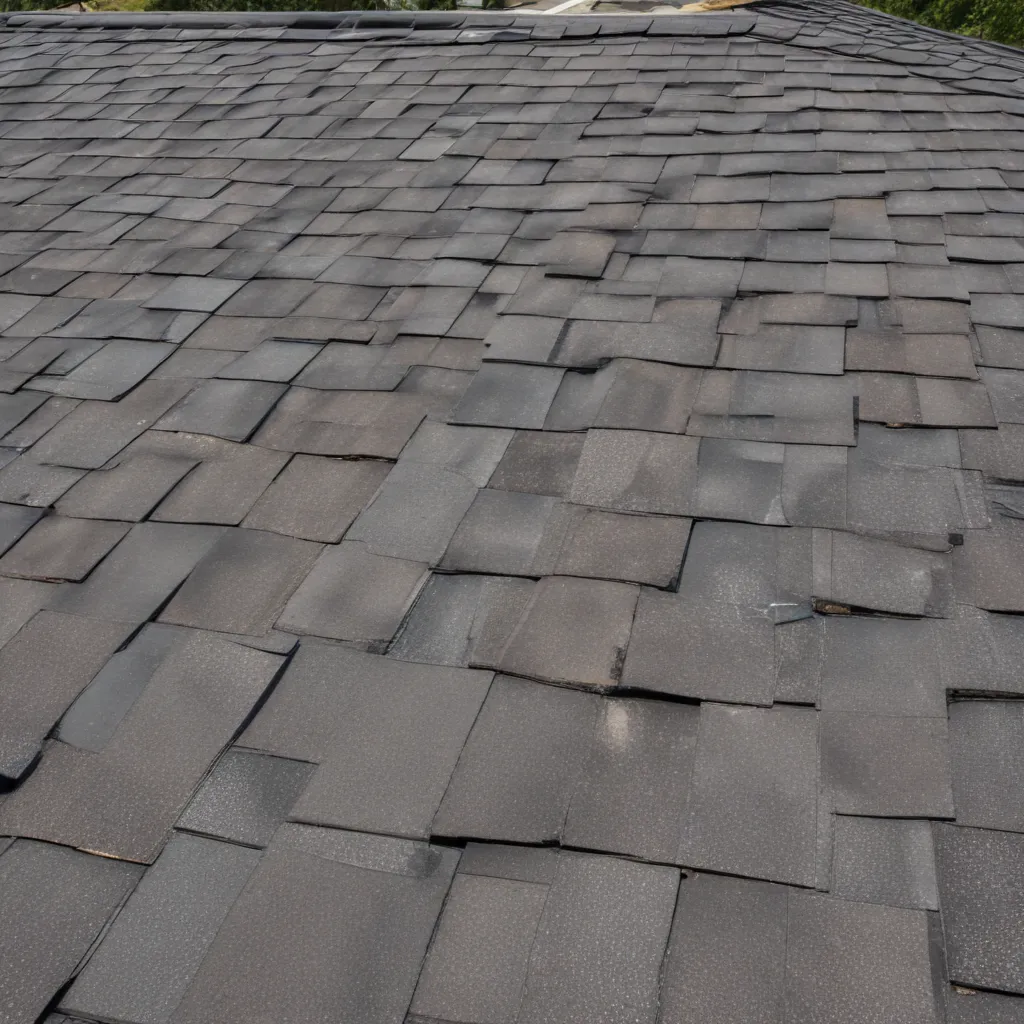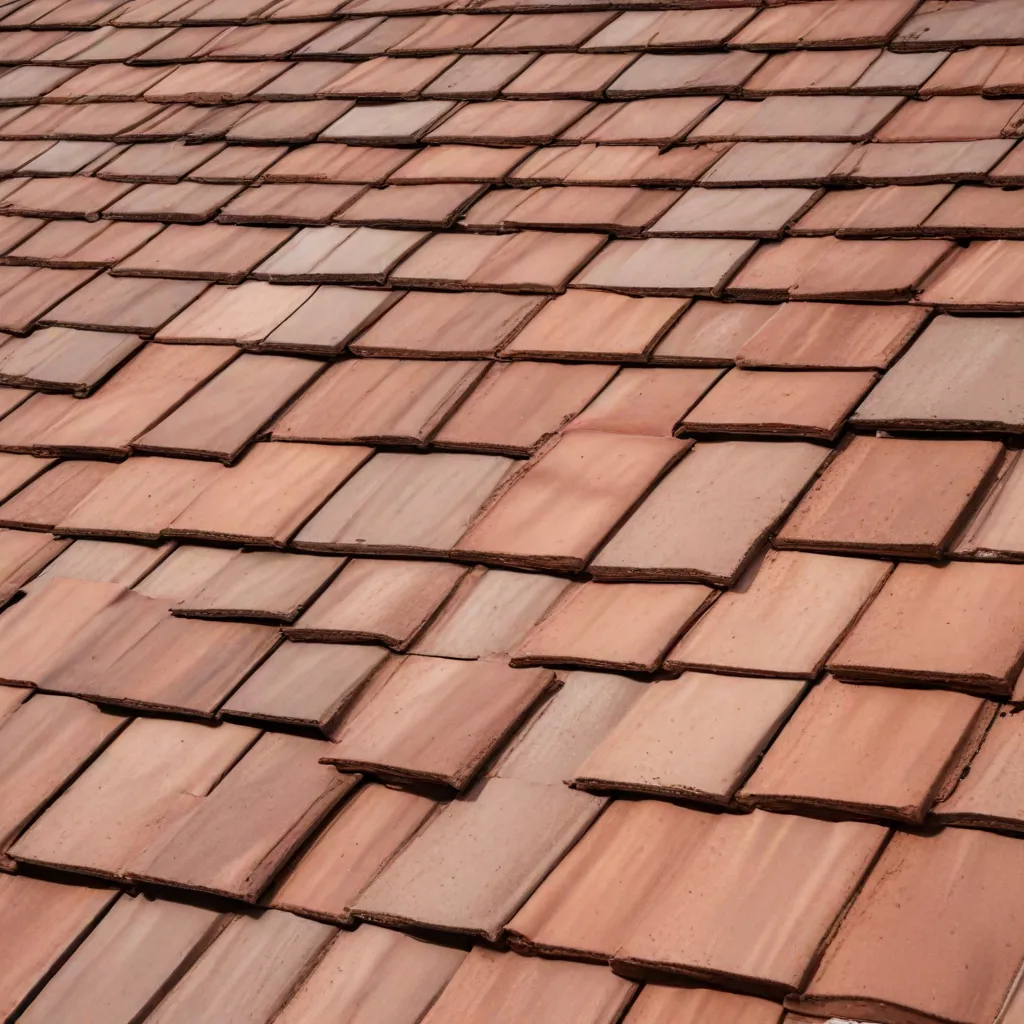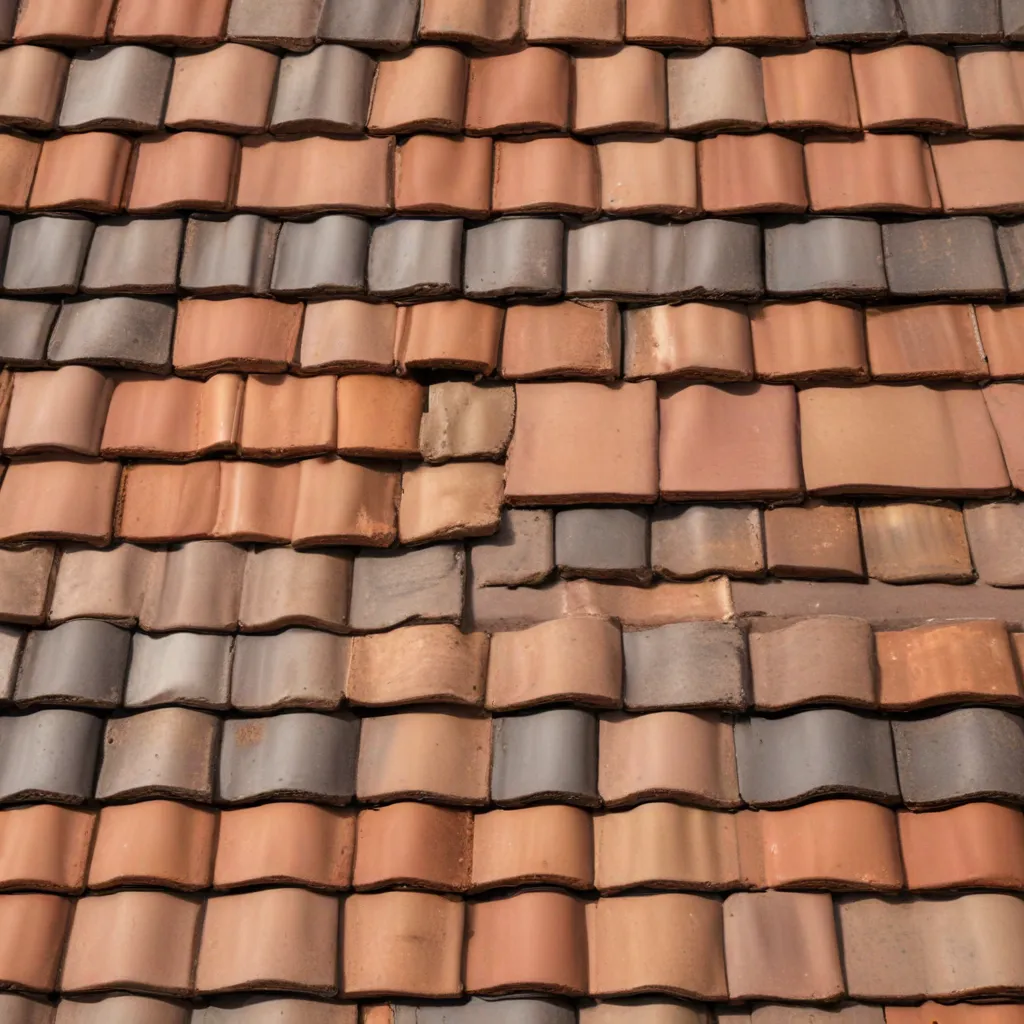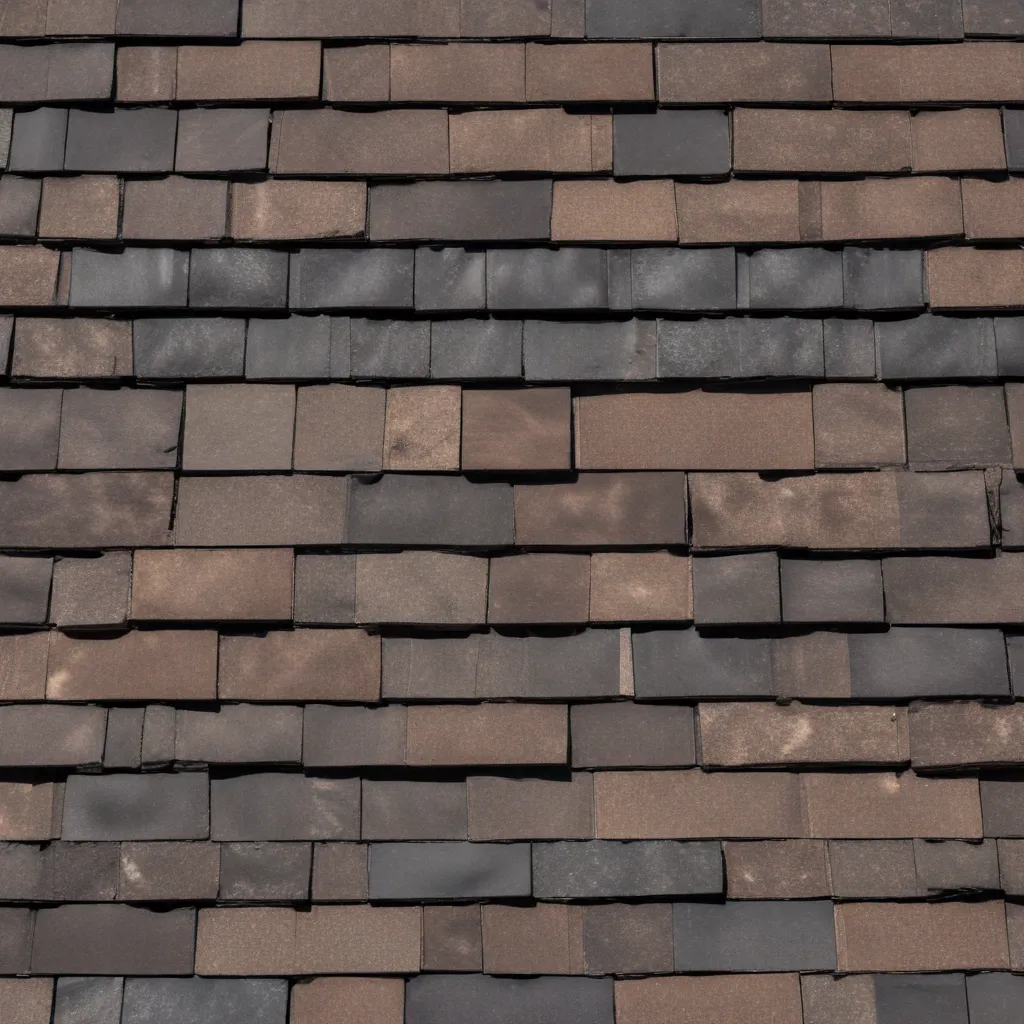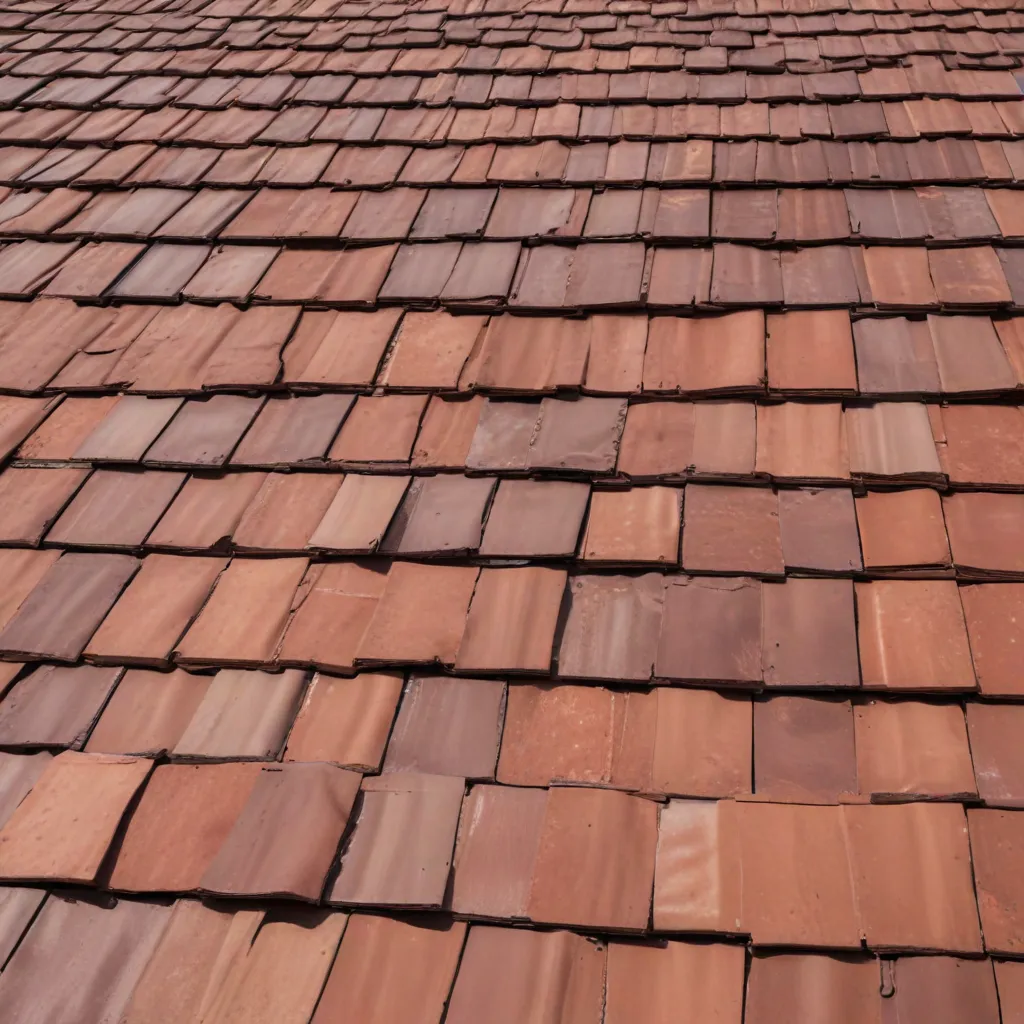
As an experienced roofing specialist, I’ve had the pleasure of exploring the latest innovations in composite tile roofing – a game-changing technology that is transforming the way we approach energy-efficient home design. In this comprehensive article, I’ll delve into the nuances of composite tile construction, uncover the remarkable thermal properties that make these roofs so effective, and share insights on installation considerations and sustainability features that set them apart.
The Evolution of Tile Roofing
Tile roofing, a classic and enduring architectural style, has long been prized for its durability, aesthetic appeal, and ability to withstand the elements. Traditional tile materials, such as clay and concrete, have served homeowners well, but the emergence of composite tile roofing has ushered in a new era of enhanced performance and energy efficiency.
The key to composite tile’s superiority lies in its unique composition. These tiles are crafted from a blend of engineered materials, including polymers, fiberglass, and advanced pigments, that work in harmony to optimize the roof’s thermal properties. Unlike their clay and concrete counterparts, composite tiles are designed to reflect a greater percentage of the sun’s radiation, reducing the heat absorption that can lead to excessive energy consumption and costly cooling bills.
Thermal Performance Advantages
The thermal performance of a roof is a critical factor in determining a home’s overall energy efficiency. Composite tiles excel in this regard, boasting impressive solar reflectance and thermal emittance values that outshine many traditional roofing materials.
The solar reflectance of a roof is a measure of its ability to reflect incoming sunlight, while thermal emittance refers to its capacity to release absorbed heat. By combining high reflectance and emittance, composite tiles are able to minimize the transfer of heat into the home’s interior, reducing the burden on the HVAC system and lowering energy costs.
Moreover, composite tile’s inherent insulating properties further contribute to its energy-saving potential. The multilayered construction, which often includes foam insulation, helps to create a highly effective thermal barrier that prevents unwanted heat transfer, ensuring a more comfortable and efficient living environment year-round.
Durability and Longevity
In addition to their thermal performance advantages, composite tiles are renowned for their exceptional durability and longevity. Engineered to withstand the harshest weather conditions, these roofing systems are highly resistant to impact, fire, and UV damage, ensuring a long-lasting and reliable roofing solution.
The weather resistance of composite tiles is particularly noteworthy, making them an ideal choice for homeowners in regions prone to severe storms, hurricanes, or heavy snowfall. Their ability to withstand wind uplift and impact from hail or debris can provide invaluable protection for your home, potentially reducing the need for costly repairs in the aftermath of extreme weather events.
Furthermore, the low maintenance requirements of composite tiles contribute to their long-term viability. Unlike traditional tile roofs, which can be susceptible to cracking, chipping, or weathering over time, composite tiles maintain their structural integrity and aesthetic appeal with minimal upkeep, helping to preserve the value of your home for years to come.
Installation Considerations
When it comes to installing a composite tile roof, several key factors must be taken into account to ensure optimal performance and durability.
Roof Structure and Pitch: The roof structure must be able to support the weight of the composite tiles, which can be heavier than traditional roofing materials. Additionally, the roof pitch plays a crucial role in the tiles’ ability to shed water effectively, with steeper slopes generally providing better drainage.
Underlayment and Ventilation: Proper installation of a robust underlayment and effective roof ventilation systems are essential for maintaining the integrity of the composite tile roof. The underlayment acts as a secondary barrier against water infiltration, while effective ventilation helps to regulate temperature and prevent the buildup of moisture, which can compromise the roof’s longevity.
Flashings and Soffits: Meticulous attention to flashing and soffit installation is crucial to ensure a watertight seal and prevent potential leaks. These elements work in tandem to divert water away from vulnerable areas, such as the roof’s edges and penetrations, safeguarding the structure from the damaging effects of moisture.
Sustainability and Environmental Impact
As homeowners and builders increasingly prioritize sustainable and eco-friendly solutions, the appeal of composite tile roofing extends beyond its energy-saving capabilities. These innovative roofing systems offer a range of sustainability features that set them apart from traditional options.
Recycled Content: Many composite tile manufacturers incorporate recycled materials, such as reclaimed plastics and fiberglass, into their products, reducing the environmental impact of the manufacturing process and contributing to a more circular economy.
Longevity and Durability: The exceptional longevity and durability of composite tiles translate to reduced waste and resource consumption over the lifespan of the roof. This, in turn, minimizes the need for frequent replacements and the associated environmental impact.
Low Maintenance: The low maintenance requirements of composite tiles further contribute to their sustainability. By requiring fewer resources and less frequent interventions, these roofs help to conserve natural resources and reduce their carbon footprint.
Aesthetic Versatility
Beyond their technical and environmental merits, composite tiles offer a wide range of aesthetic options that cater to diverse design preferences. From classic Mediterranean-inspired hues to contemporary, muted palettes, these roofing systems can seamlessly integrate with a variety of architectural styles, allowing homeowners to enhance the visual appeal of their properties while enjoying the benefits of energy-efficient performance.
The ability to closely mimic the appearance of traditional tile materials, such as clay and concrete, while delivering superior thermal and durability characteristics, makes composite tiles a compelling choice for homeowners seeking to maintain a timeless, sophisticated look without compromising on functionality.
Conclusion
As we strive to create more energy-efficient and sustainable homes, the rise of composite tile roofing technologies has emerged as a game-changer in the roofing industry. By combining exceptional thermal performance, unparalleled durability, and a wide range of aesthetic options, these innovative systems offer homeowners a compelling solution that not only reduces energy consumption but also contributes to a more eco-friendly built environment.
Whether you’re building a new home or considering a roof replacement, I highly recommend exploring the transformative potential of composite tile roofing from Genuine Roof Systems. By embracing these cutting-edge technologies, you can unlock a new era of energy-efficient living, enhanced comfort, and lasting value for your home.

